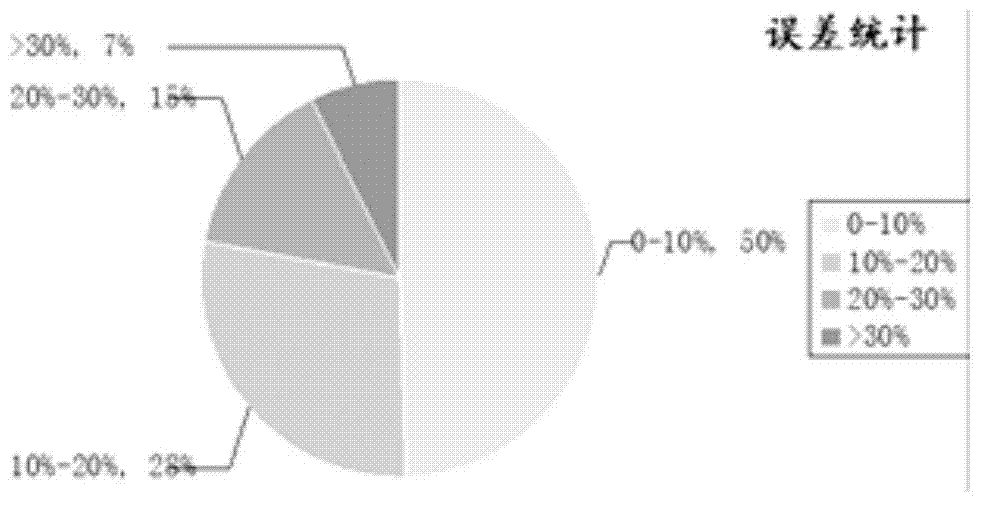Neural network learning optimization method based on particle swarm optimization algorithm
A neural network learning and particle swarm optimization technology, applied in the field of neural network learning and optimization, can solve the problems of slow network convergence, slow convergence, complex functions, etc., and achieve the effects of convenient calculation, simple method and fast solution speed.
- Summary
- Abstract
- Description
- Claims
- Application Information
AI Technical Summary
Problems solved by technology
Method used
Image
Examples
Embodiment 1
[0076] Embodiment 1 mainly describes how the particle swarm optimization algorithm is used as a neural network learning algorithm to train a neural network, and performs prediction evaluation by comparing with the number of iterations and prediction results of the constructed prediction model. For the comparison of these two aspects, the sample collection used first is some relatively common comprehensive scenes. The rendering time of the scene ranges from hundreds of seconds to thousands of seconds. The general time distribution diagram is as follows figure 1 shown. The method of using particle swarm optimization is mainly to solve the problem of slow convergence and local minima of BP neural network, so the focus is on the learning speed of the neural network after using the PSO algorithm, and the number of iterations in the training process is used as the object of illustration.
[0077] First, select the parameters of the PSO algorithm, and Ppbest represents the best solut...
PUM
 Login to View More
Login to View More Abstract
Description
Claims
Application Information
 Login to View More
Login to View More - R&D
- Intellectual Property
- Life Sciences
- Materials
- Tech Scout
- Unparalleled Data Quality
- Higher Quality Content
- 60% Fewer Hallucinations
Browse by: Latest US Patents, China's latest patents, Technical Efficacy Thesaurus, Application Domain, Technology Topic, Popular Technical Reports.
© 2025 PatSnap. All rights reserved.Legal|Privacy policy|Modern Slavery Act Transparency Statement|Sitemap|About US| Contact US: help@patsnap.com



